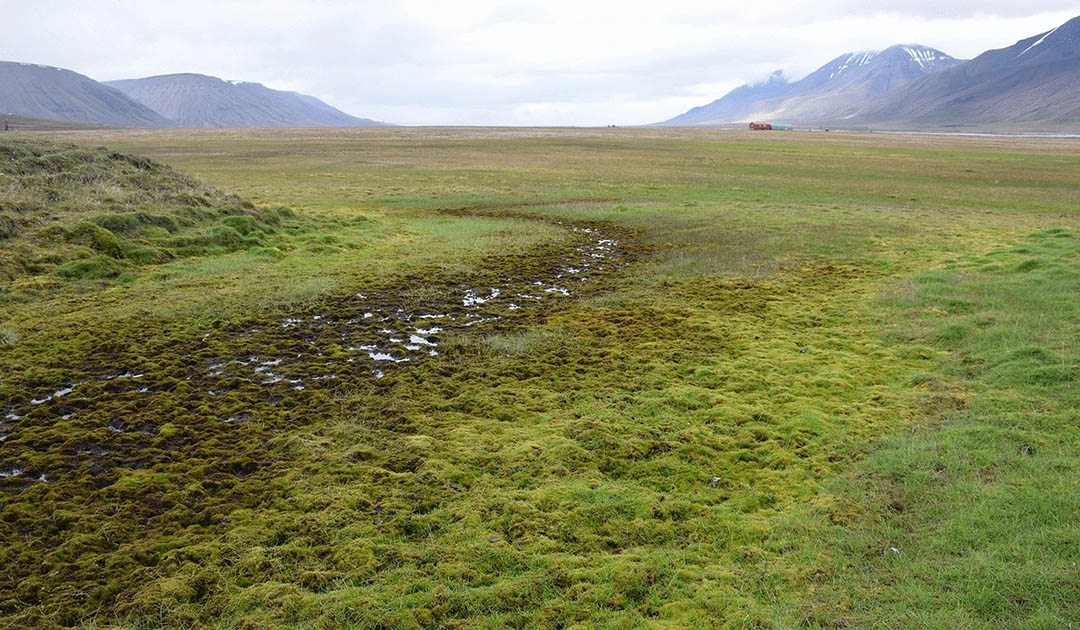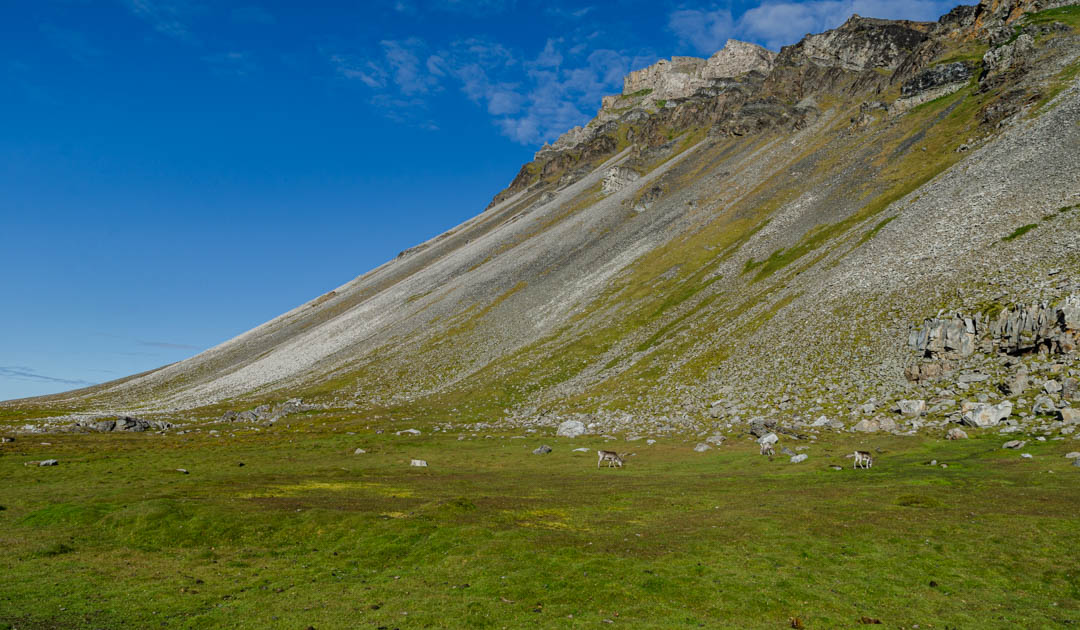
When scientists publish new findings on climate change, they usually do not bode well. But the discovery, made by an international team of researchers in Svalbard, could lower the concentration of carbon dioxide in the atmosphere: In soil samples, the scientists found signs of peat formation on Svalbard, which is only possible because of the increased temperatures in the Arctic. They published their findings in the journal Nature Scientific Reports.
In the Arctic, global warming is progressing among the fastest, which also means that vascular plants are spreading further north into regions that previously had no or sparse vegetation. In addition, the retreat of the glaciers exposes soil on which plants can settle for the first time. Scientists have been observing this phenomenon for some time and have called it “Arctic greening”.

Around Isfjorden on Spitsbergen, a group of researchers led by Minna Väliranta from the Department of Biology and Environmental Sciences at the University of Helsinki collected and studied soil samples in 2018. At all the drilling sites, they observed the same thing: mineral soil covered by a thin layer of organic matter containing a lot of carbon that the plants growing on it had previously extracted from the atmosphere. The plant cover is mostly moss, which is spreading in the increasingly warmer climate in the Arctic. Scientists refer to this organic soil layer as “proto-peat.”
“It is not yet peat in the strict sense, but you could say it is the starting point for the formation of peat,” says Väliranta.
A larger project funded by the UK’s Natural Environment Research Council (NERC), in which Väliranta is also involved, is also investigating whether bog vegetation in the Arctic is expanding due to global warming.

One of the sampling sites was in Bjørndalen. The small-scale differences can be easily seen: mosses grow in wet depressions, while various grass species grow on the drier areas. Photo: Juselius et al. 2022
“If this process, which produces proto-peat, occurs on a large scale, an unexpected carbon reservoir or plant community that mitigates climate change could become established in the north. This reservoir has not been considered in ecosystem and atmospheric modeling because it has traditionally been assumed that new peatlands do not form,” Väliranta said.
For a long time, climate scientists did not consider the importance of peatlands in their models. Only recently have they been included in the calculations. Since peatlands are particularly effective carbon sinks, the newly forming peatlands in the Arctic could have a positive impact on the global carbon balance.

“You can say that the discovery of new carbon sinks brings a new component into play that needs to be accounted for in models to better predict ecosystem functioning in a warming climate,” Väliranta says.
At the same time, however, huge amounts of carbon are released by thawing permafrost or fires in the tundra, so it remains to be seen whether the new peatlands really play a significant role in the carbon budget.
Julia Hager, PolarJournal
More on the subject:





